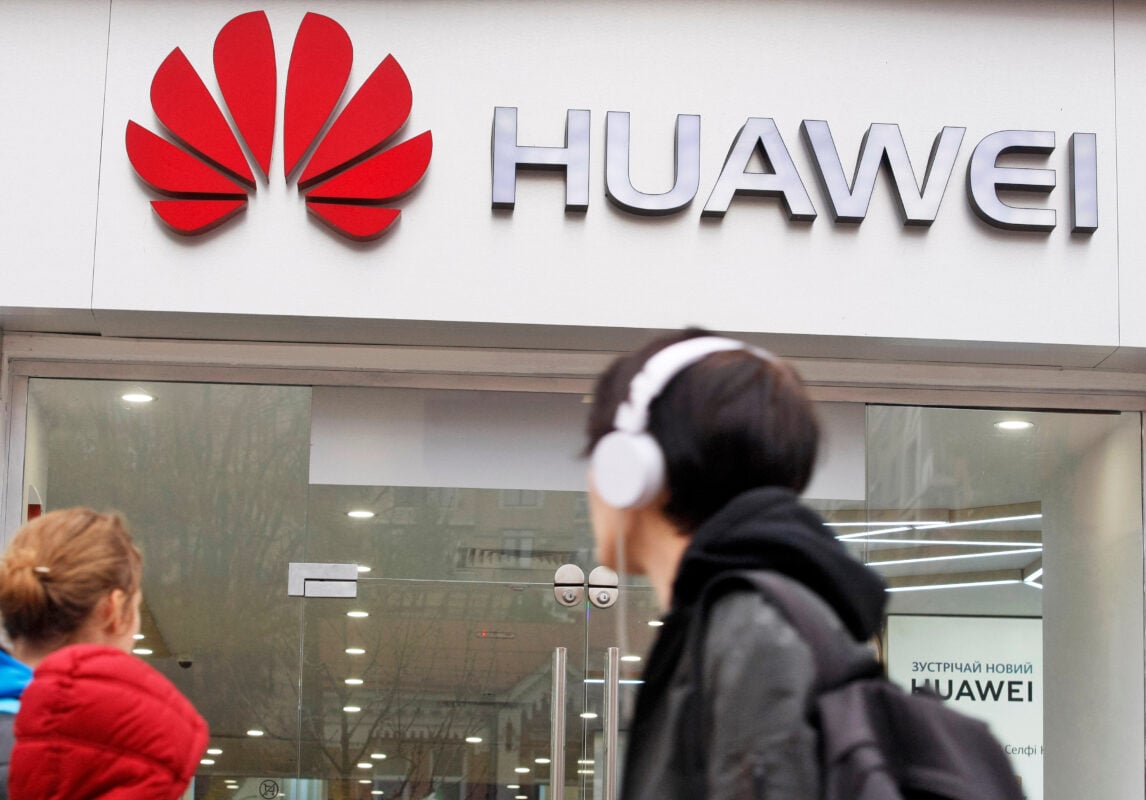TLDRs;
- Huawei unveiled three AI-optimized SSDs, including the OceanDisk LC 560 with an industry-leading 245TB capacity.
- The drives improve A I processing efficiency by 6.6x while cutting physical storage space needs by over 85%.
- AI-specific storage is now economically viable, overcoming long-standing capacity and efficiency bottlenecks in large-scale training.
- Trade restrictions are driving Huawei toward self-reliance, accelerating in-house development of AI storage and memory solutions.
Huawei has unveiled a new generation of solid-state drive (SSD) products designed specifically for artificial intelligence (AI) computing, including a flagship solution boasting a maximum capacity of 245 terabytes.
The announcement was made during a launch event in Shanghai, where the Shenzhen-based technology giant introduced its OceanDisk EX 560, SP 560, and LC 560 models.
These new storage products, which Huawei refers to as “AI SSDs,” are built to address critical bottlenecks in data centers, such as limited storage capacity and slow inference speeds that frequently hinder AI applications. The company emphasized that these innovations are key to enabling faster and more efficient AI training, processing, and deployment across industries.
OceanDisk Models Target Data Bottlenecks
Among the three products, the OceanDisk LC 560 stands out with its 245TB maximum capacity, making it one of the largest AI-focused SSDs in the market.
According to Huawei, the LC 560 improves AI data processing efficiency by up to 6.6 times while also cutting physical space requirements by 85.2%. The EX 560 and SP 560, meanwhile, are expected to become commercially available before the end of 2025.
🇨🇳 HUAWEI: “IF NVIDIA GETS THE GPUS, WE’LL OWN THE STORAGE”
China’s tech giant just rolled out three “AI SSDs”, OceanDisk EX 560, SP 560 and LC 560, to fix the data choke points slowing AI training.
One drive packs a ridiculous 245 terabytes, while the others are pitched as the… https://t.co/5rTALwiwNk pic.twitter.com/9rl90tRw3e
— Mario Nawfal (@MarioNawfal) August 27, 2025
Early adopters in internet services, healthcare, and financial industries are already deploying the drives to power large-scale AI applications, highlighting the growing market demand for specialized data storage solutions.
AI Storage Becomes Economically Viable
The evolution of AI-specific storage reflects a significant transformation in the economics of memory solutions. In the late 1970s, the first commercial SSD by Dataram offered just 2MB of storage at $9,700, an equivalent of more than $36,000 in today’s money. Even a decade later, 16MB of flash memory still cost around $5,000.
By contrast, Huawei’s LC 560 delivers 12 million times more storage capacity than those early SSDs, at a fraction of the historical cost.
This leap makes it economically feasible to build AI systems capable of handling massive datasets, overcoming what researchers often call the “memory wall” and “capacity wall” that have long constrained large-scale AI training.
Trade Pressures Fuel Chinese Innovation
The launch also underscores how U.S. export restrictions are accelerating vertical integration within Chinese technology companies. With tighter controls on advanced semiconductors and high-bandwidth memory, Huawei has been compelled to develop its own in-house solutions.
The company is already exploring alternatives to high-bandwidth memory (HBM) while expanding its AI infrastructure portfolio. Industry analysts suggest that these moves are part of Huawei’s broader strategy to build a self-sufficient technology stack. Notably, the restructuring of its cloud computing division to prioritize AI development has coincided with recent breakthroughs in storage and memory.






